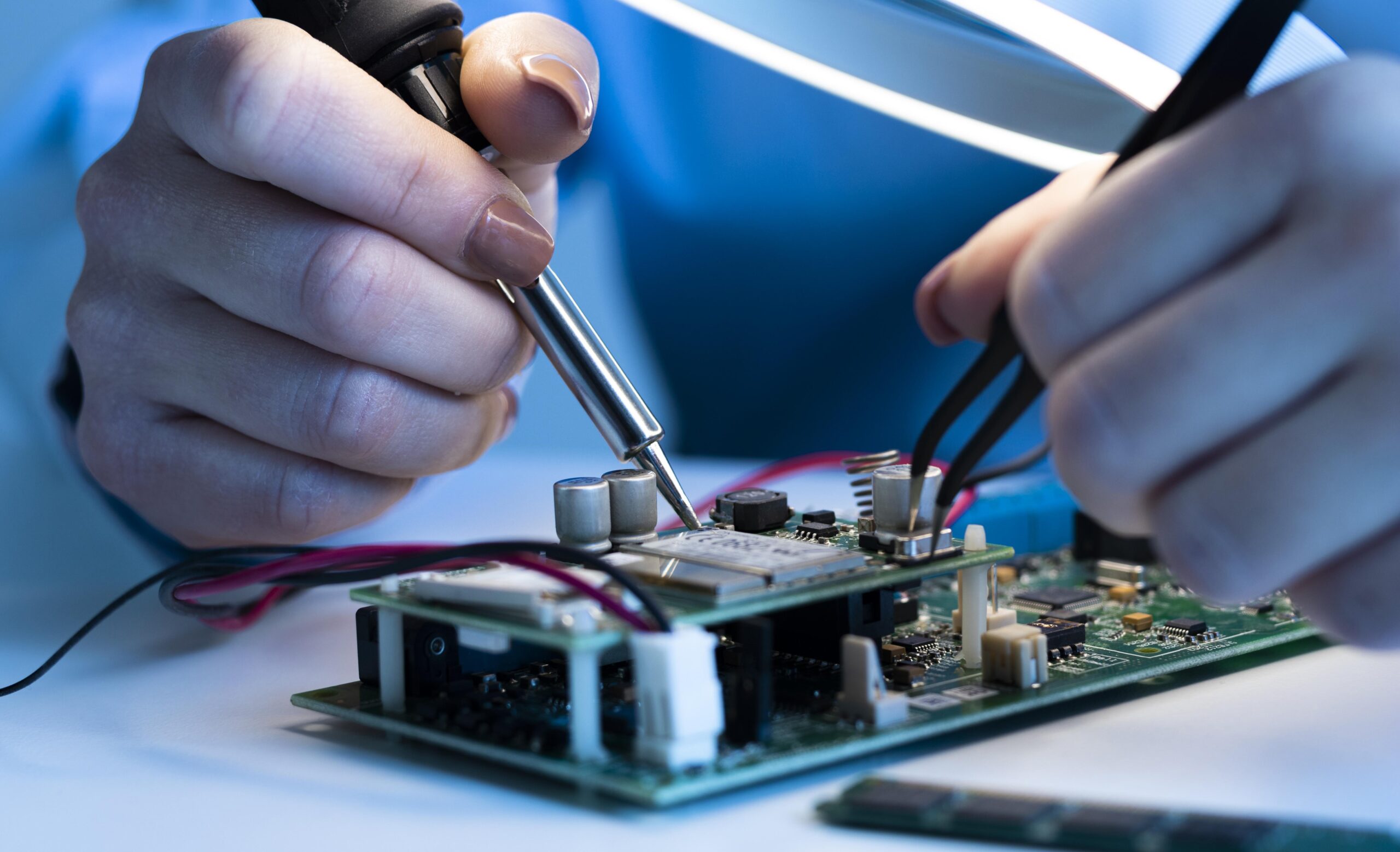
Product Development
A product can be a standalone solution or a component of a larger-scale system. Our product development services encompass a range of activities and expertise required to bring a product from concept to market.
Capabilities
- Imaging device
- Battery & Powers Systems
- Infrared (IR) device
- Laser devices
- Soft Data Modem
- Soft Satellite receiver
- Software defined Radio
Our services encompass
Product Conceptualization

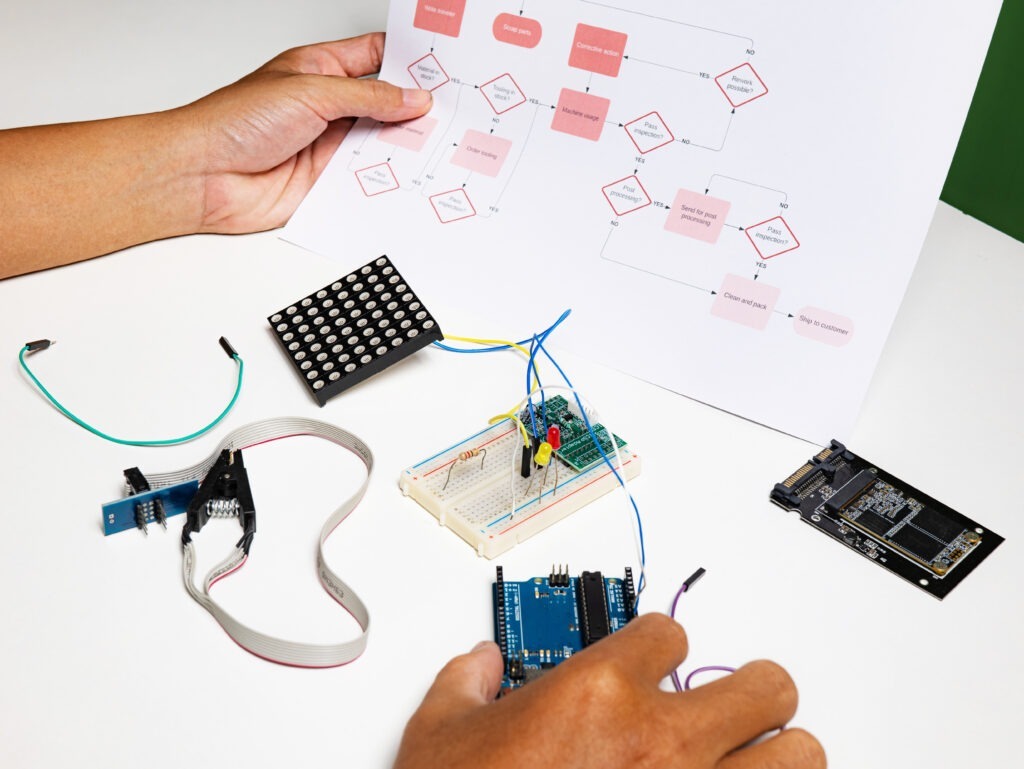
Requirements Analysis and Specification
Industrial Design and Mechanical Engineering
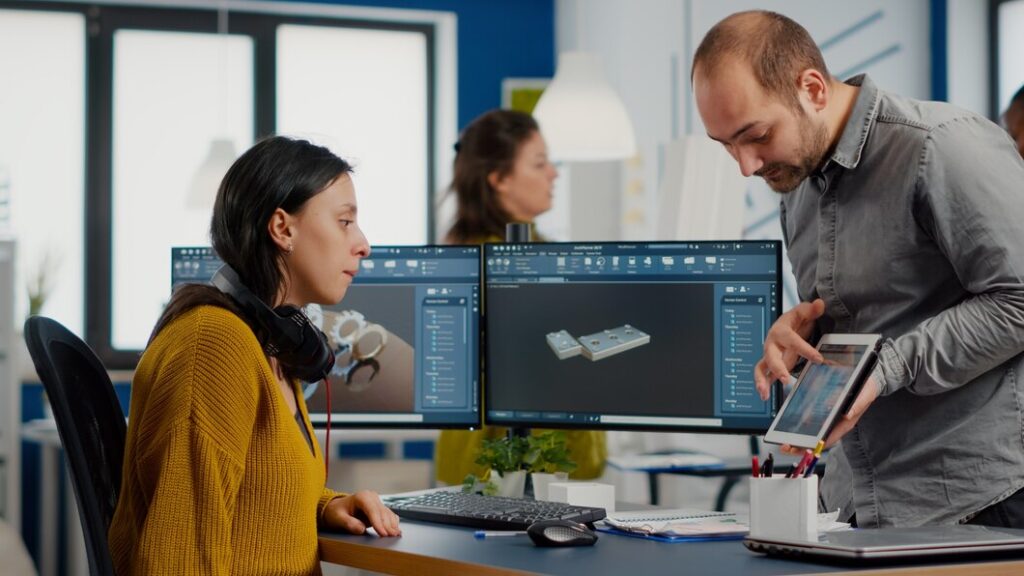
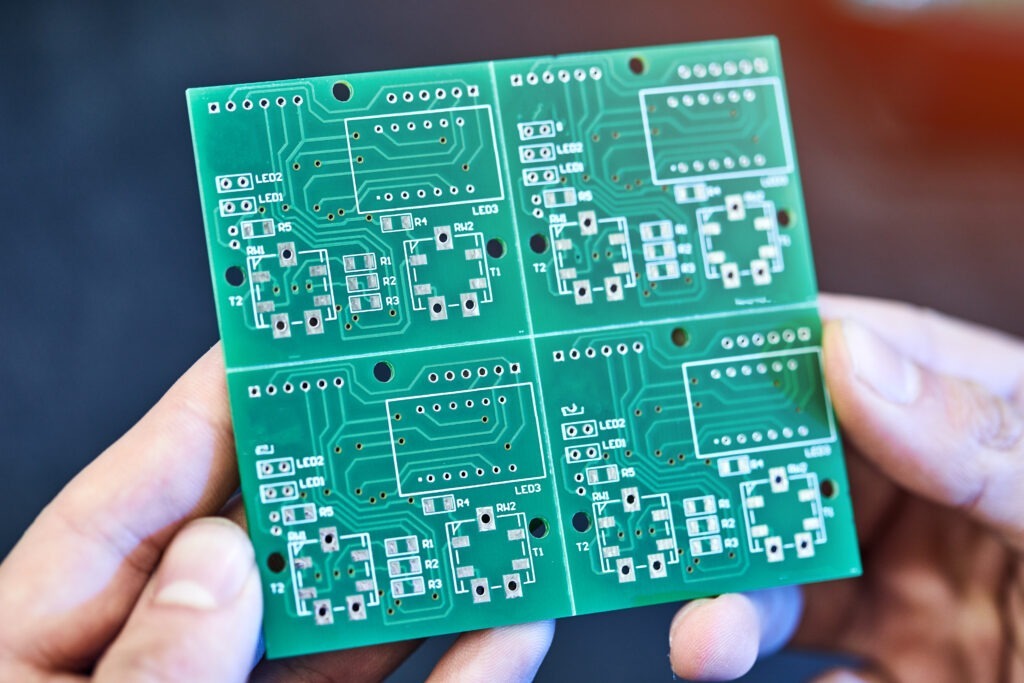
Electronics Design and PCB Layout
Embedded Software Development

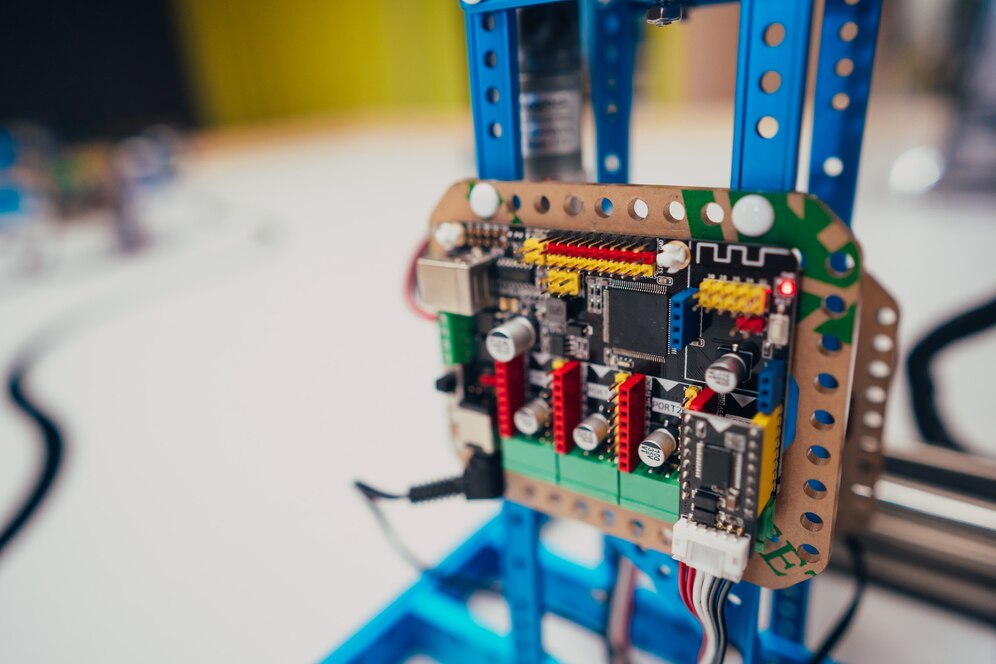
Prototyping and Testing
Embedded SW
In parallel with hardware development, software engineers work on developing the embedded software that controls and interacts with the hardware components. This includes developing low-level firmware that manages the hardware interfaces, communication protocols, and data processing. Software development efforts may also involve developing middleware for system-level services, such as device drivers, communication protocols, and data management.
Embedded HW
Embedded hardware development involves designing the electronic circuits, PCB layouts, and selecting the appropriate electronic components to meet the system requirements. Hardware engineers work on designing the power supply, signal conditioning, communication interfaces, and other circuitry necessary for the system. This phase also includes prototyping, testing, and refining the hardware design.
Software Applications
The software development phase focuses on creating software applications and interfaces that enable users to interact with the system. This involve front end such as; developing graphical user interfaces (GUIs), user-friendly controls, data visualization tools, and the backend including; data collection, data storage and data processing.
Mechanical design
In this phase, mechanical engineers work on designing the physical structure and components of the system. They create 3D models, conduct stress analysis, and select appropriate materials to meet the mechanical design requirements. The mechanical design phase involves considerations such as ergonomics, aesthetics, manufacturability, and assembly.
Electromechanical design
For systems that involve a combination of mechanical and electrical components, such as robotics or automation systems, the electromechanical design phase focuses on integrating and optimizing the interaction between mechanical components and electronic subsystems. This involves selecting and integrating sensors, actuators, motors, and other electromechanical elements into the mechanical design.
Manufacturing and Supply Chain Management
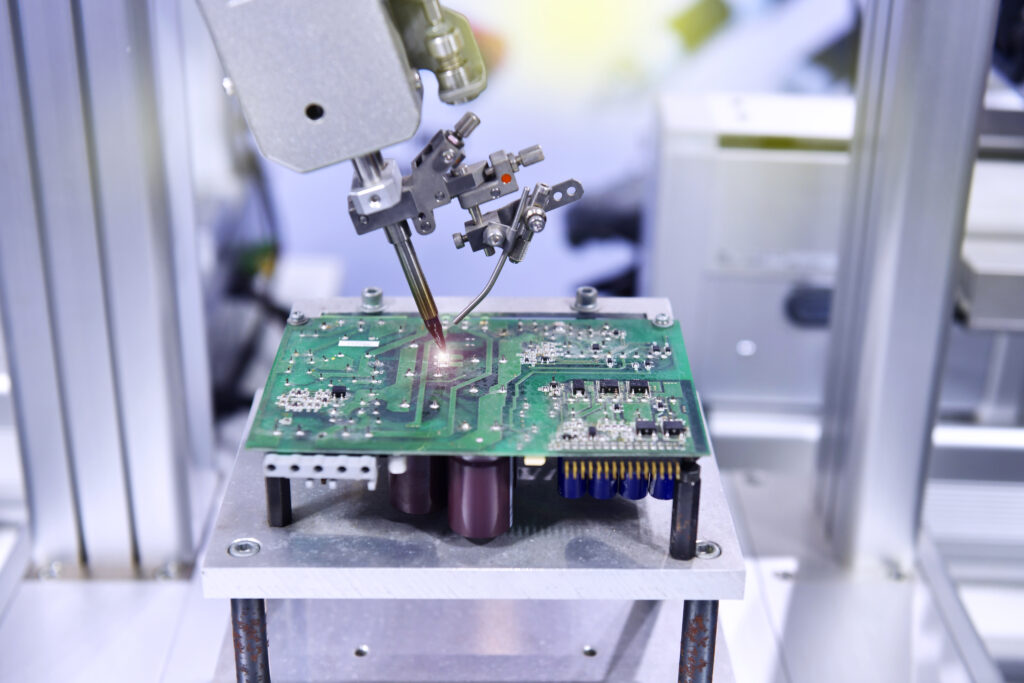

Regulatory Compliance and Certification
Project Management

